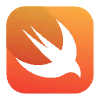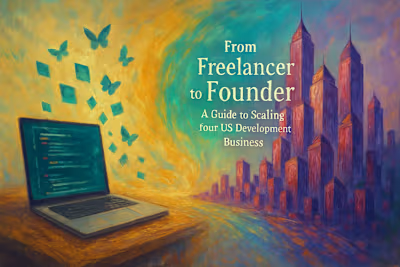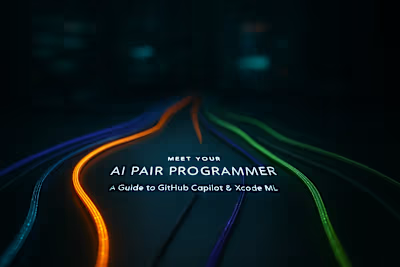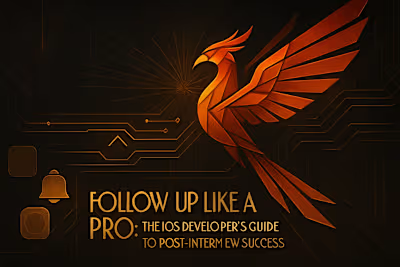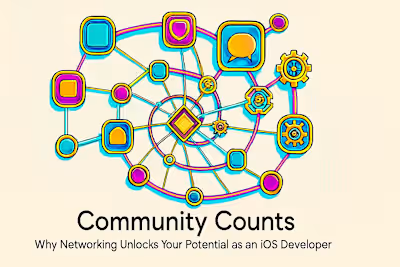The Sustainable iOS Developer: How to Avoid Burnout and Thrive
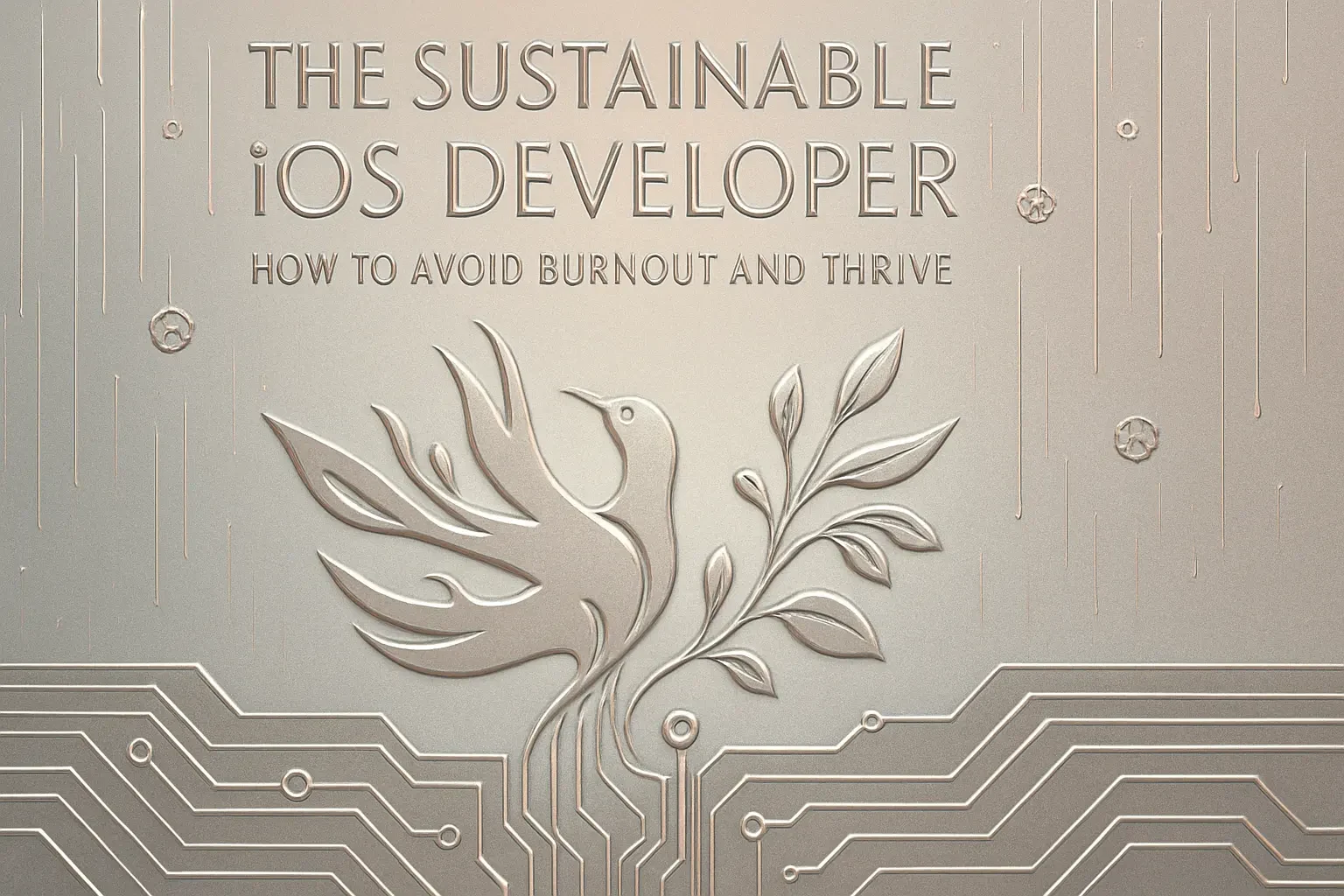
The Sustainable iOS Developer: How to Avoid Burnout and Thrive
Recognizing the Sneaky Signs of Burnout
Differentiating Between Stress and Burnout
Key Symptoms: Exhaustion, Cynicism, and Reduced Efficacy
Strategies for a Balanced Work Life
Setting Clear Boundaries with Clients and Work Hours
The Power of 'No': Prioritizing Your Commitments
Implementing Effective Time Management
Managing Passion: Side Projects and Continuous Learning
Choosing Side Projects that Energize, Not Drain
Integrating Learning into Your Routine Without Overload
Prioritizing Well-being Outside of Code
The Importance of Disconnecting: Hobbies and Downtime
Seeking Support When Needed
Conclusion
References
The Sustainable iOS Developer: How to Avoid Burnout and Thrive
Recognizing the Sneaky Signs of Burnout
Differentiating Between Stress and Burnout
Key Symptoms: Exhaustion, Cynicism, and Reduced Efficacy
Strategies for a Balanced Work Life
Setting Clear Boundaries with Clients and Work Hours
The Power of 'No': Prioritizing Your Commitments
Implementing Effective Time Management
Managing Passion: Side Projects and Continuous Learning
Choosing Side Projects that Energize, Not Drain
Integrating Learning into Your Routine Without Overload
Prioritizing Well-being Outside of Code
The Importance of Disconnecting: Hobbies and Downtime
Seeking Support When Needed
Conclusion
References
Posted Jul 6, 2025
The pressure to constantly learn and code can lead to burnout. Discover practical strategies for balancing client work, side projects, continuous learning, and your personal life.


